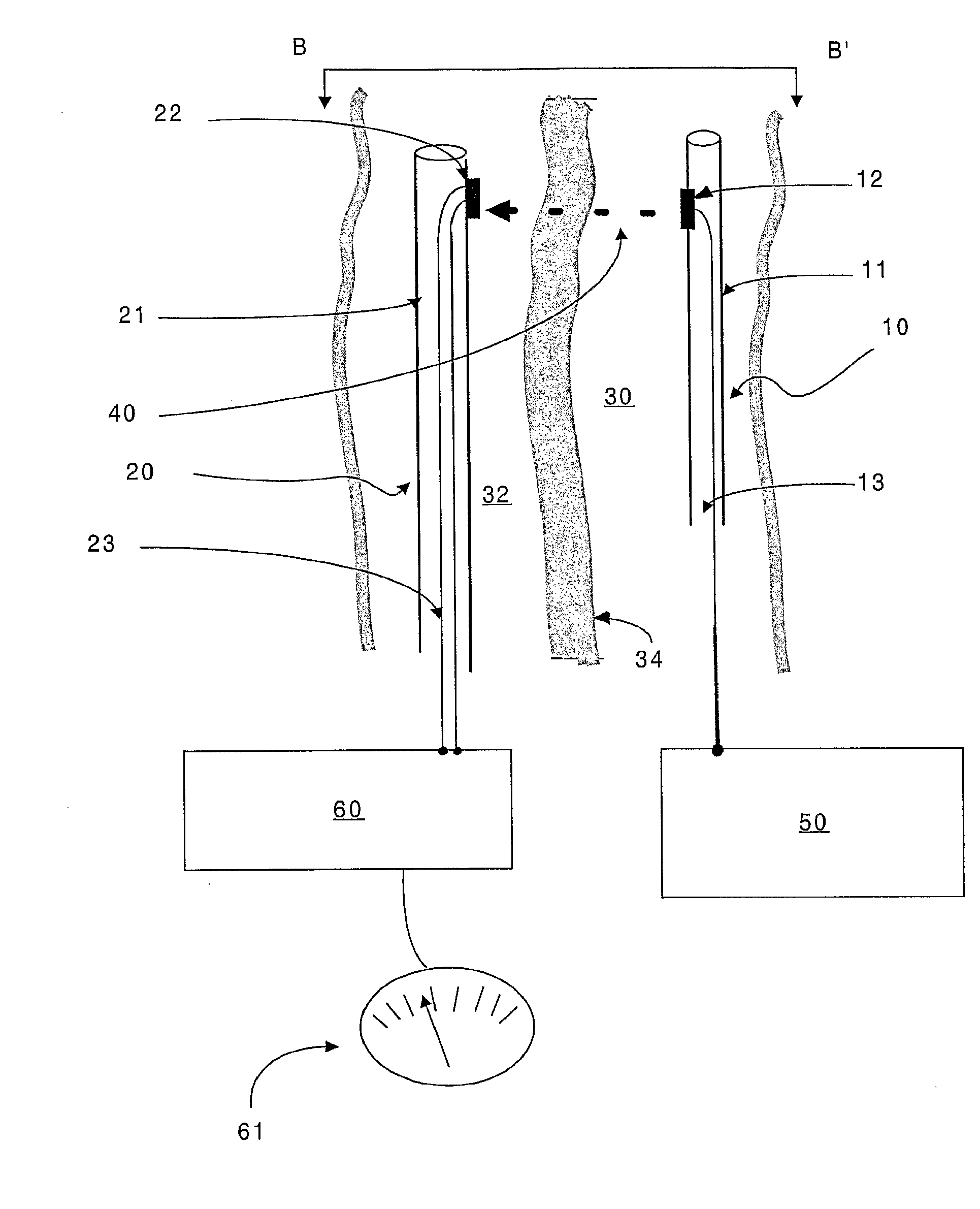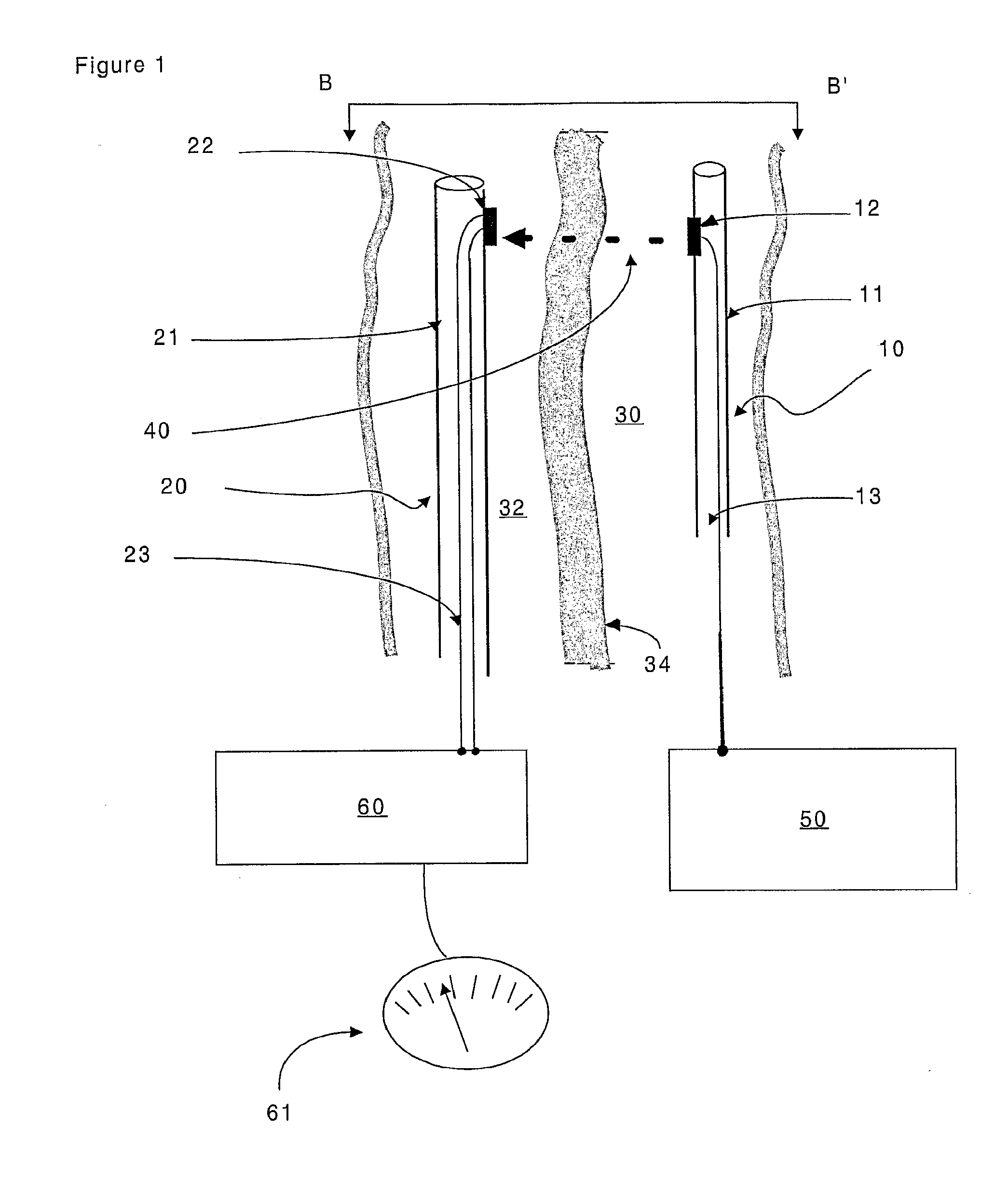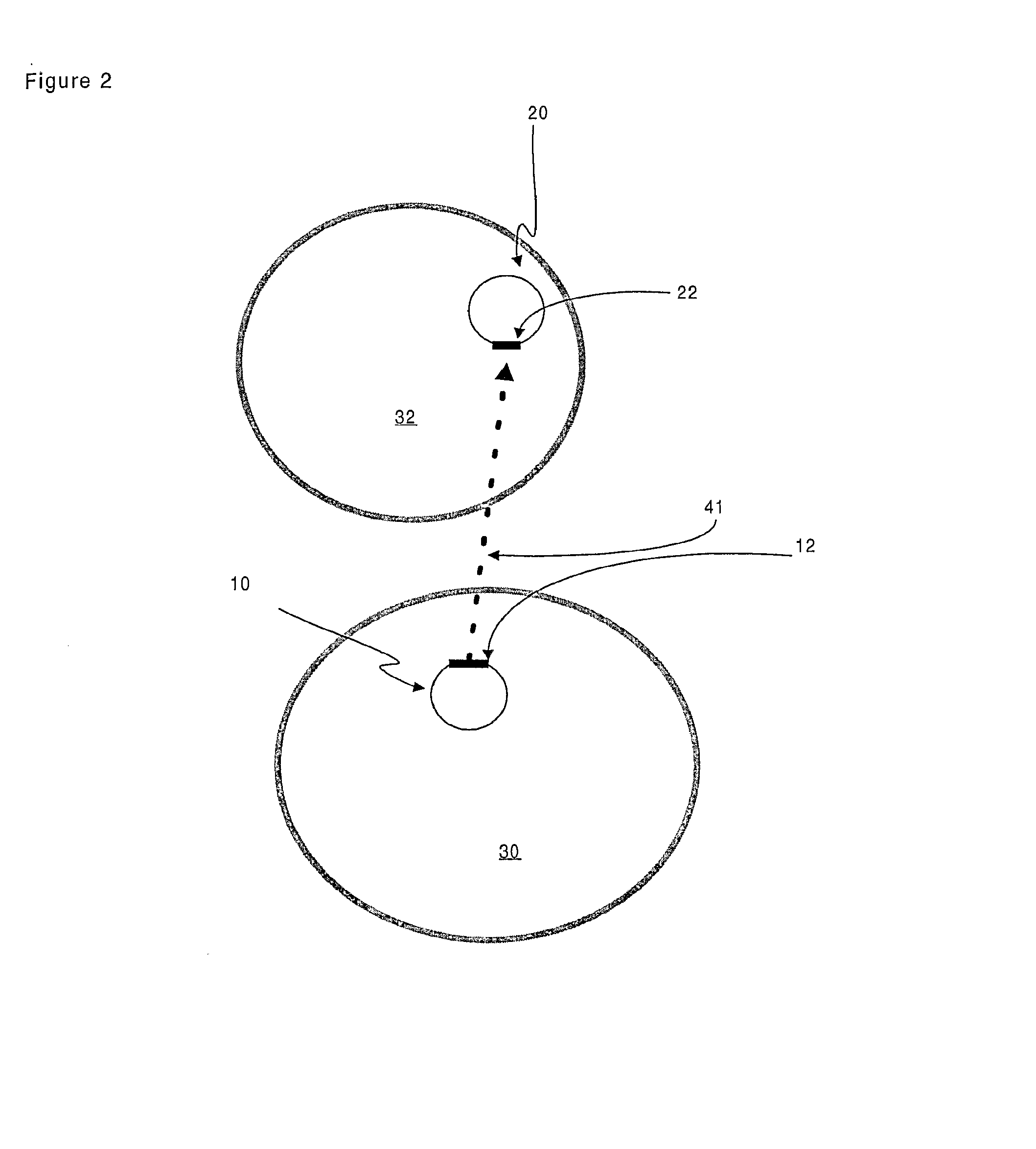Minimally invasive surgical apparatus and methods
a minimally invasive, interventional surgery technology, applied in the field of minimally invasive surgical equipment and methods, can solve the problems of low success rate of performing a minimally invasive procedure of diverting blood flow from the coronary artery to the adjacent vein, balloon angioplasty is not always a suitable measure, and is not always an option for certain patients. the effect of improving the targeting and localisation of the therapy
- Summary
- Abstract
- Description
- Claims
- Application Information
AI Technical Summary
Benefits of technology
Problems solved by technology
Method used
Image
Examples
example
[0066]The methods and apparatus of the present invention demonstrate particular utility in cardio-vascular surgery. In the present example the apparatus of the invention is used by a clinician to perform the procedure of arterial-venous stenosis (PICVA) so as to enable retroperfusion of cardiac tissue following occlusion of a coronary artery.
[0067]The launching catheter (10) is inserted into the occluded coronary artery by standard keyhole surgical techniques. Likewise, the target catheter (20) is inserted into the coronary vein that runs parallel to the coronary artery. The coronary vein is not occluded and, therefore, provides an alternative channel for blood flow to the cardiac muscle effectively allowing the occlusion in the coronary artery to be bypassed.
[0068]The launching catheter (10) comprises a PZT ultrasound transducer (12) (CTS Piezoelectric Products, Albuquerque, New Mexico) that is oriented such that a directional ultrasound beam is transmitted at a 45° angle (relative...
PUM
 Login to View More
Login to View More Abstract
Description
Claims
Application Information
 Login to View More
Login to View More - R&D
- Intellectual Property
- Life Sciences
- Materials
- Tech Scout
- Unparalleled Data Quality
- Higher Quality Content
- 60% Fewer Hallucinations
Browse by: Latest US Patents, China's latest patents, Technical Efficacy Thesaurus, Application Domain, Technology Topic, Popular Technical Reports.
© 2025 PatSnap. All rights reserved.Legal|Privacy policy|Modern Slavery Act Transparency Statement|Sitemap|About US| Contact US: help@patsnap.com



